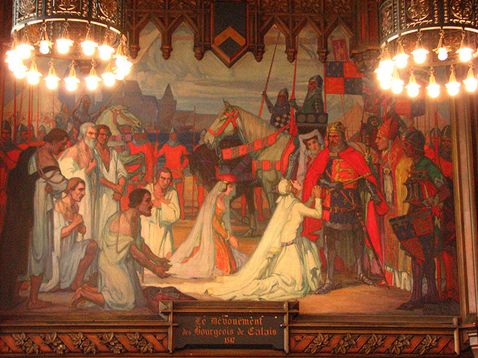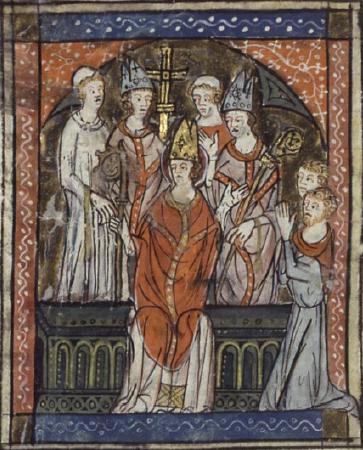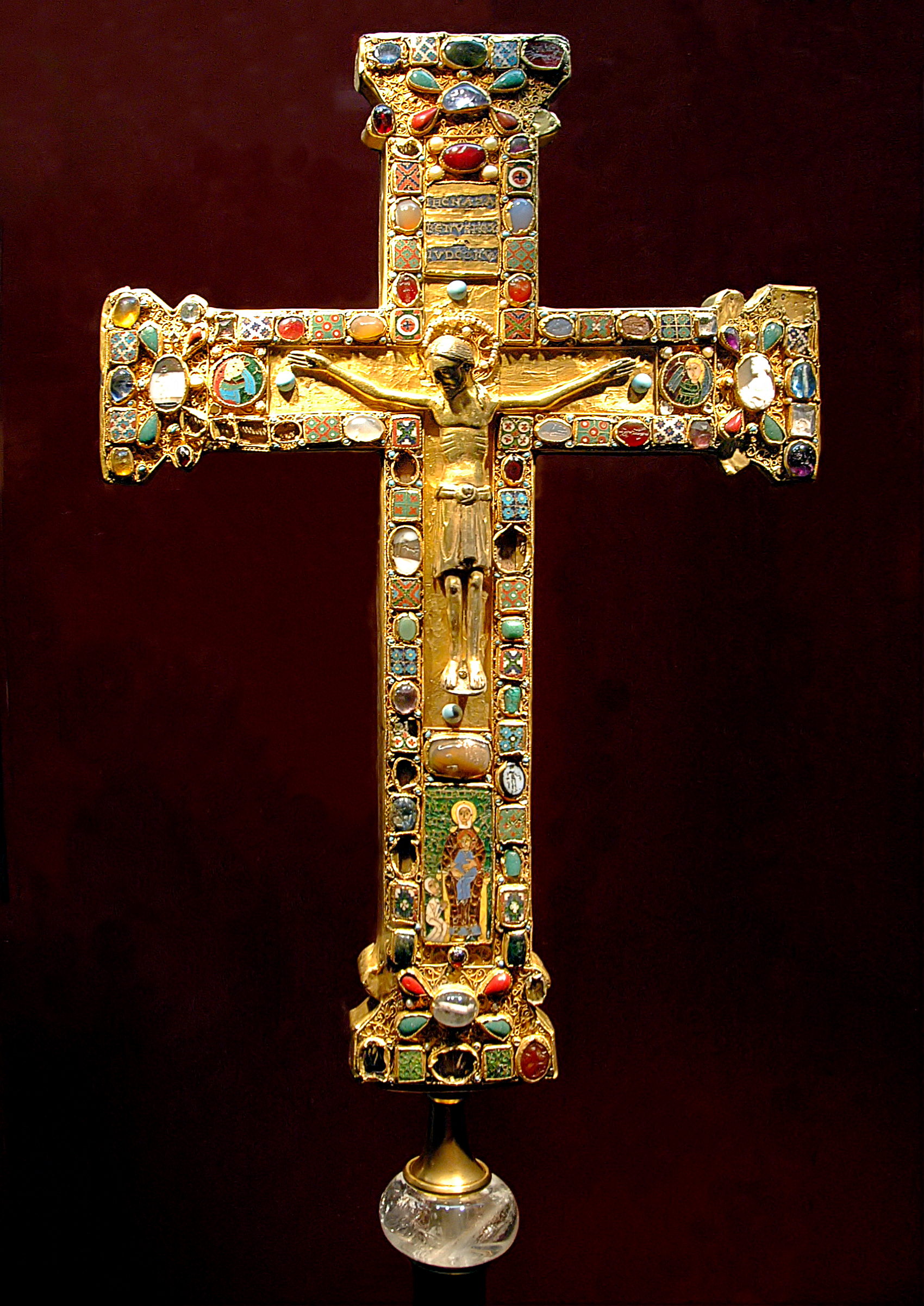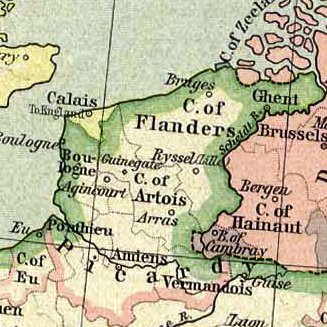|
Calais
Calais ( , , traditionally , ) is a port city in the Pas-de-Calais department, of which it is a subprefecture. Although Calais is by far the largest city in Pas-de-Calais, the department's prefecture is its third-largest city of Arras. The population of the city proper is 72,929; that of the urban area is 149,673 (2018).Comparateur de territoire: Aire d'attraction des villes 2020 de Calais (073), Commune de Calais (62193) INSEE Calais overlooks the , the narrowest point in the English ... [...More Info...] [...Related Items...] OR: [Wikipedia] [Google] [Baidu] |
Channel Tunnel
The Channel Tunnel (french: Tunnel sous la Manche), also known as the Chunnel, is a railway tunnel that connects Folkestone ( Kent, England, UK) with Coquelles (Hauts-de-France, France) beneath the English Channel at the Strait of Dover. It is the only fixed link between the island of Great Britain and the European mainland. At its lowest point, it is deep below the sea bed and below sea level. At , it has the longest underwater section of any tunnel in the world, and is the third longest railway tunnel in the world. The speed limit for trains through the tunnel is . The tunnel is owned and operated by the company Getlink, formerly "Groupe Eurotunnel". The tunnel carries high-speed Eurostar passenger trains, the Eurotunnel Shuttle for road vehicles and international freight trains. It connects end-to-end with the high-speed railway lines of the LGV Nord in France and High Speed 1 in England. In 2017, through rail services carried 10.3 million passengers and 1.2 ... [...More Info...] [...Related Items...] OR: [Wikipedia] [Google] [Baidu] |
Pas-de-Calais
Pas-de-Calais (, " strait of Calais"; pcd, Pas-Calés; also nl, Nauw van Kales) is a department in northern France named after the French designation of the Strait of Dover, which it borders. It has the most communes of all the departments of France, 890, and is the 8th most populous. It had a population of 1,465,278 in 2019.Populations légales 2019: 62 Pas-de-Calais INSEE The Calais Passage connects to the on the . Pas-de-Calais borders the departments of [...More Info...] [...Related Items...] OR: [Wikipedia] [Google] [Baidu] |
Église Notre-Dame De Calais
Église Notre-Dame ("The Church of Our Lady") is a Roman Catholic parish church located on Rue de la Paix, in Calais, department of Pas-de-Calais, in northern France. It dates from the 12th century, and chiefly from the 14th century. Arguably, it is the only church built in the English perpendicular style in all of France. History The church was damaged during the early wars between France and England, especially in 1346-47, after the Battle of Crécy. Many of the kings and queens of France and England prayed here; and John Bourchier, 2nd Baron Berners is buried in the church choir. On 11 July 1469 George Plantagenet, 1st Duke of Clarence, the third surviving son of Richard Plantagenet, 3rd Duke of York, and Cecily Neville, and the brother of English Kings Edward IV and Richard III, was married to Isabel Neville, by Rt. Revd. George Neville, Archbishop of York. The tower of Notre Dame church was used as an observation point for the Anglo-French Survey (1784–1790), which u ... [...More Info...] [...Related Items...] OR: [Wikipedia] [Google] [Baidu] |
Natacha Bouchart
Natacha Bouchart (born 29 May 1963) is a French politician of the Republicans (LR) and formerly Union for a Popular Movement (UMP). Life and career Bouchart was born at Lens. She has served as Mayor of Calais since 2008 and was elected to represent Pas-de-Calais in the French Senate in 2011. Ahead of the Republicans' 2016 presidential primary, Bouchart endorsed Nicolas Sarkozy as the party's candidate for the 2017 French presidential election. Ahead of the 2022 presidential elections, Bouchart publicly declared her support for incumbent Emmanuel Macron and criticized the Republicans’ candidate Valérie Pécresse. '' |
Arras
Arras ( , ; pcd, Aro; historical nl, Atrecht ) is the prefecture of the Pas-de-Calais department, which forms part of the region of Hauts-de-France; before the reorganization of 2014 it was in Nord-Pas-de-Calais. The historic centre of the Artois region, with a Baroque town square, Arras is in Northern France at the confluence of the rivers Scarpe and Crinchon. The Arras plain is on a large chalk plateau bordered on the north by the Marqueffles fault, on the southwest by the Artois and Ternois hills, and on the south by the slopes of Beaufort-Blavincourt. On the east it is connected to the Scarpe valley. Established during the Iron Age by the Gauls, the town of Arras was first known as ''Nemetocenna'', which is believed to have originated from the Celtic word '' nemeton'', meaning 'sacred space.' Saint Vedast (or St. Vaast) was the first Catholic bishop in the year 499 and tried to eliminate paganism among the Franks. By 843, Arras was seat of the County of Artois w ... [...More Info...] [...Related Items...] OR: [Wikipedia] [Google] [Baidu] |
Grand Calais Terres Et Mers
Grand Calais Terres et Mers (before 2017: ''Communauté d'agglomération du Calaisis'') is an agglomeration community created on 28 December 2000 and located in the Pas-de-Calais ''département'', in northern France. It was expanded with four communes from the Communauté de communes des Pays d'Opale on 1 December 2019. Its area is 184.1 km2. Its population was 104,367 in 2018, of which 72,929 in Calais proper.Comparateur de territoire INSEE, accessed 5 April 2022. It comprises the following 14 communes:CA Grand Calais Terres et Mers (N° SIREN : 200090751) ... [...More Info...] [...Related Items...] OR: [Wikipedia] [Google] [Baidu] |
Siege Of Calais (1346–1347)
The siege of Calais (4 September 1346 – 3 August 1347) occurred at the conclusion of the Crécy campaign, when an English army under the command of King Edward III of England successfully besieged the French town of Calais during the Edwardian phase of the Hundred Years' War. The English army of some 10,000 men had landed in northern Normandy on 12 July 1346. They embarked on a large-scale raid, or , devastating large parts of northern France. On 26 August 1346, fighting on ground of their own choosing, the English inflicted a heavy defeat on a large French army led by their king Philip VI at the Battle of Crécy. A week later the English invested the well-fortified port of Calais, which had a strong garrison under the command of Jean de Vienne. Edward made several unsuccessful attempts to breach the walls or to take the town by assault, either from the land or seaward sides. During the winter and spring the French were able to run in supplies and reinforcements by se ... [...More Info...] [...Related Items...] OR: [Wikipedia] [Google] [Baidu] |
Pale Of Calais
The Pale of Calais was a territory in Northern France ruled by the monarchs of England for more than two hundred years from 1347 to 1558. The area, which was taken following the Battle of Crécy in 1346 and the subsequent Siege of Calais (1346–47), siege of Calais, was confirmed at the Treaty of Brétigny in 1360. It became an important economic centre for England in Europe’s textile trade centred in Flanders. The Pale, which was historically part of Flanders, also provided England with a permanent strategic, defensible outpost from which it could plan and launch military action on the continent. Its position on the English Channel meant it could be reinforced, garrisoned and supplied over the Straits of Dover, short distance by sea. The territory was bilingual with Middle English, English and Flemish commonly spoken. It was democratically represented in the Parliament of England by the Calais constituency. During the reign of Mary I, the Pale was unexpectedly retaken by t ... [...More Info...] [...Related Items...] OR: [Wikipedia] [Google] [Baidu] |
Coquelles
Coquelles (; vls, Kalkwelle, lang) is a commune in the Pas-de-Calais department near Calais in northern France. The town comprises a shopping centre, hotels and farm in Vieille Coquelles (old Coquelles), part of the L'Européenne autoroute (A16) and the Channel Tunnel terminal. The Eurotunnel Calais Terminal is located in Coquelles off the A16, exit 42. This is the terminus of shuttle services from the UK, as well as the terminus of the LGV Nord, whereby Eurostar services can travel into the Channel Tunnel. Population See also *Communes of the Pas-de-Calais department *France–UK border The border between the countries of France and the United Kingdom in Europe is a maritime border that stretches along the Channel, the North Sea and the Atlantic Ocean. The Channel Tunnel links the two countries underground and is defined as a ' ... References External links Coquelles on the Quid website Calais migrant crisis (1999–present) Communes of Pas-de-Calais ... [...More Info...] [...Related Items...] OR: [Wikipedia] [Google] [Baidu] |
Siege Of Calais (1940)
The siege of Calais (1940) was a battle for the port of Calais during the Battle of France. The siege was fought at the same time as the Battle of Boulogne, just before Operation Dynamo, the evacuation of the British Expeditionary Force (BEF) through Dunkirk. After the Franco-British counter-attack at the Battle of Arras (21 May), German units were held back to be ready to resist a resumption of the counter-attack on 22 May, despite the protests of General Heinz Guderian, the commander of the XIX , who wanted to rush north up the Channel coast to capture Boulogne, Calais and Dunkirk. An attack by part of the XIX was not authorised until on the night of By the time that the 10th Panzer Division was ready to attack Calais, the British 30th Infantry Brigade and 3rd Royal Tank Regiment (3rd RTR) had reinforced the French and British troops in the port. On 22 May, the British troops had established roadblocks outside the town and French rearguards skirmished with German armou ... [...More Info...] [...Related Items...] OR: [Wikipedia] [Google] [Baidu] |
Middle Ages
In the history of Europe, the Middle Ages or medieval period lasted approximately from the late 5th to the late 15th centuries, similar to the post-classical period of global history. It began with the fall of the Western Roman Empire and transitioned into the Renaissance and the Age of Discovery. The Middle Ages is the middle period of the three traditional divisions of Western history: classical antiquity, the medieval period, and the modern period. The medieval period is itself subdivided into the Early Early may refer to: History * The beginning or oldest part of a defined historical period, as opposed to middle or late periods, e.g.: ** Early Christianity ** Early modern Europe Places in the United States * Early, Iowa * Early, Texas * Early ..., High Middle Ages, High, and Late Middle Ages. Population decline, counterurbanisation, the collapse of centralized authority, invasions, and mass migrations of tribes, which had begun in late antiquity, continued i ... [...More Info...] [...Related Items...] OR: [Wikipedia] [Google] [Baidu] |
Siege Of Calais (1558)
The French siege of Calais in early 1558 was part of the Italian War of 1551–1559 between France and England and their respective allies. It resulted in the seizure of the town by France. The Pale of Calais had been ruled by England since 1347, during the Hundred Years' War. By the 1550s, England was ruled by Mary I of England and her husband Philip II of Spain. When the Kingdom of England supported a Spanish invasion of France, Henry II of France sent Francis, Duke of Guise, against English-held Calais, defended by Thomas Wentworth, 2nd Baron Wentworth. Following the failure in mid-1557, a renewed attack captured the outlying forts of Nieullay and Fort Risban, Rysbank and Calais was besieged. Background The victory of Louis XI of France over Charles the Bold in 1477 and the annexation of Picardy to the Crown lands of France, French royal domain marked the end of a status quo over the possession of Calais. For nearly a century the House of Valois had preferred to turn th ... [...More Info...] [...Related Items...] OR: [Wikipedia] [Google] [Baidu] |







